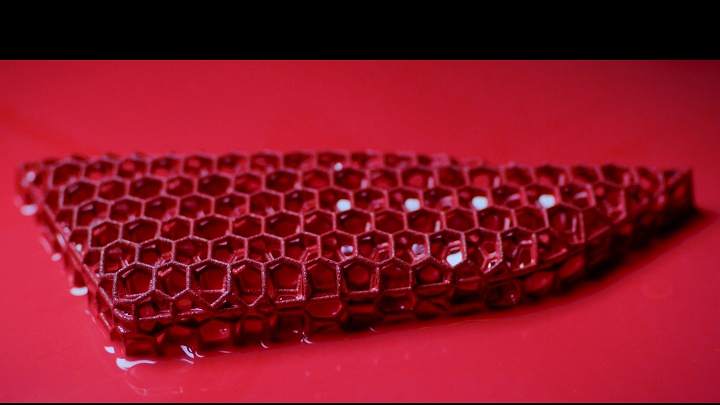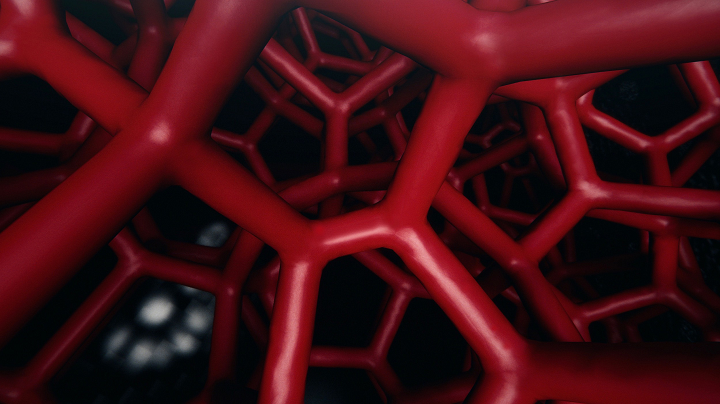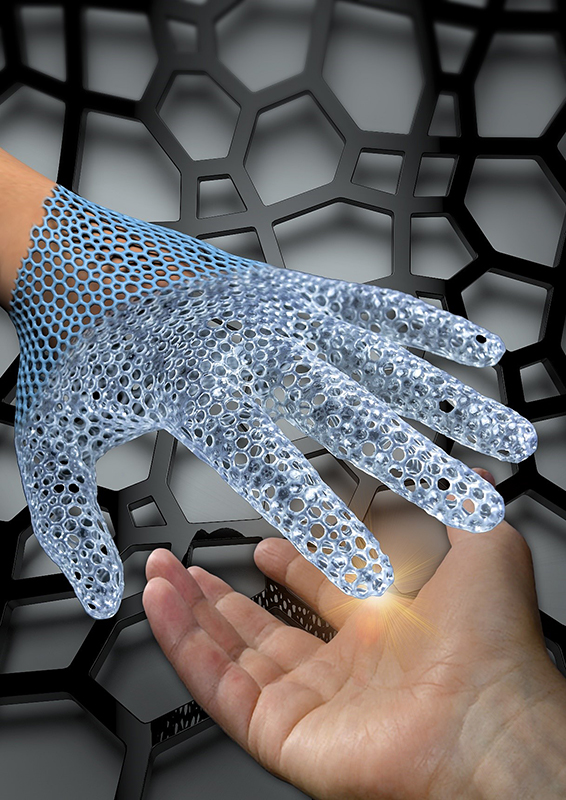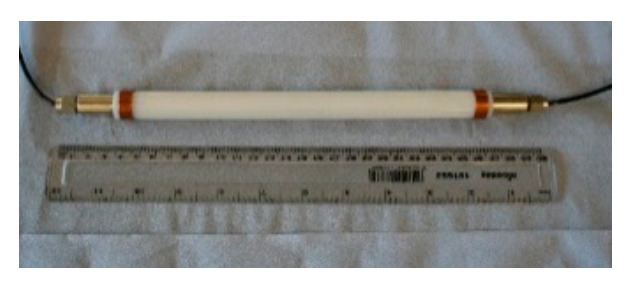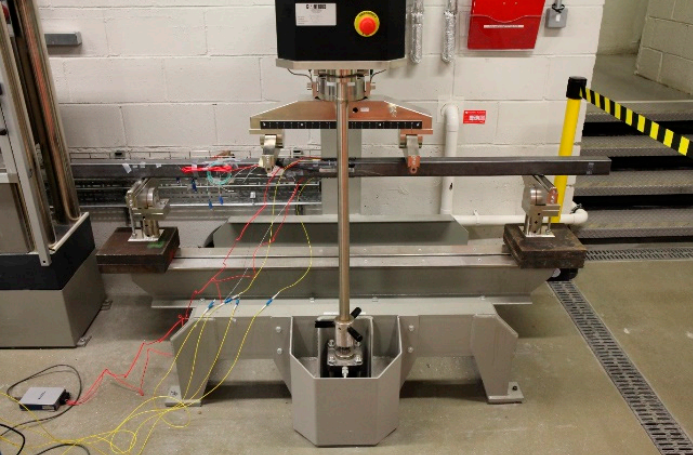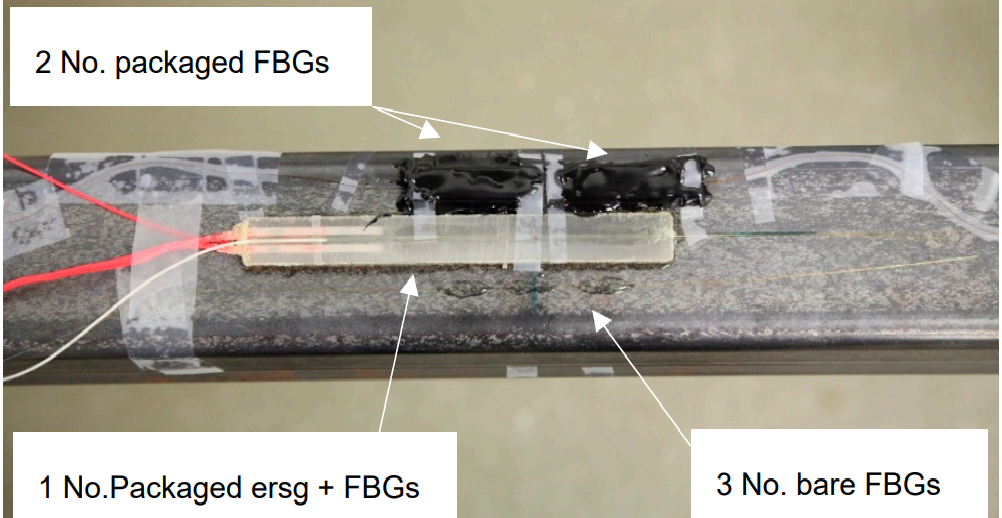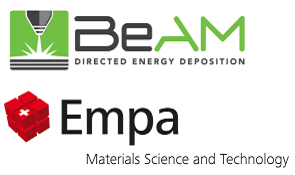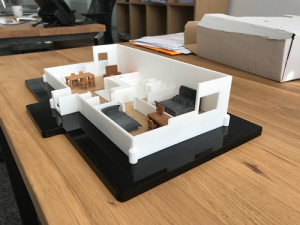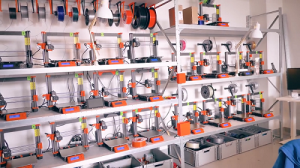“Insurers receive premiums upfront and pay claims later….This collect-now, pay-later model leaves us holding large sums…money we call “float” …that will eventually go to others. Meanwhile, we get to invest this float for Berkshire’s benefit.” Warren Buffet
“Float like a butterfly sting like a bee…his hands can’t hit what his eyes can’t see.” Muhammad Ali
If things are to be produced quickly, on demand is the final goal. Sneakers or headphones, while you wait, would be wonderful for 3D Printing. Now we can only really make very tiny things limited in usability and finish while people stood by. Even the most patient would not be able to deal with the excruciatingly slow print times of current 3D printers. I think our technology would be seen as a lot less magical if someone would have told the muggles that it takes us between four and twenty-four hours to 3D print an iPhone case. Happily, we jump skipped and missed telling them this, so they still think we’re some whizz-bang wish fulfillment technology. If we’re realistic, however, we must admit that it will take us some time to improve our surface finish and quality for many goods. We can do a lot now, but we need to cherry pick the right applications for the technology to make sense.
If we do look at marble to volleyball sized objects out of polymers that are relatively valuable because they need a custom shape or texture, there is a world for us to explore. Insoles, soles, sunglasses, headphones, golf club handles, any other sports equipment handles, steering wheels, any hats or helmets, goggles, prosthetics, braces, jewelry, Bijoux, and toys are already large categories that are each worth many billions more than our entire industry. Making a dent in any of them would validate our technology. On the one hand, we can outperform by enabling the implementation of true mass customization for relatively low-cost items worldwide. We will cover this in another article in this series. A much less hype sounding thing can be done simultaneously as well: on-demand production. Producing on demand has some apparent advantages that benefit businesses.
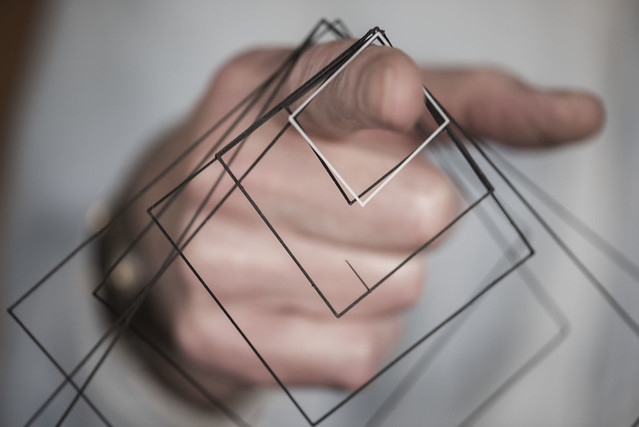
Faster to market. You can go from an idea to a product in a day with 3D Printing. That means that your design teams can get products in stores faster. Quicker response to trends and wishes means that your offering can be more compelling and more on point. Beat your competition by being available before they’ve even made a deal with a supplier.
Agile Engineering. You can also develop products through agile engineering, whereby more iterations lead to more testing and better end products. Other teams in your company can provide data or feedback, which can lead to changes in the final design.
Feedback based tweaking. At the same time, you will change what “final design” means. With few items in store, you can quickly drop something that doesn’t work or print more if it does. You can listen to your customers and tweak products day by bad based on their feedback. An SKU that would run for a year now lasts for a day, ever adapted ever better for the market and the prospect.
Perfect sizes. By producing on demand, you can in a short time have the perfect size available for each customer. Also, in terms of size, this means less stock and less unsold stock. If your production times were manageable, you could have one fitting unit per discrete size available. Or with other types of things may have one example product that can then be customized. One size fits all things.
Niche products. You can develop products for specific niches, even if they are ultra small. Is there a group of blues aficionados in your town? Perhaps make some earbud covers specifically tailored to this group, or design something around a particular type of person specific to your city.
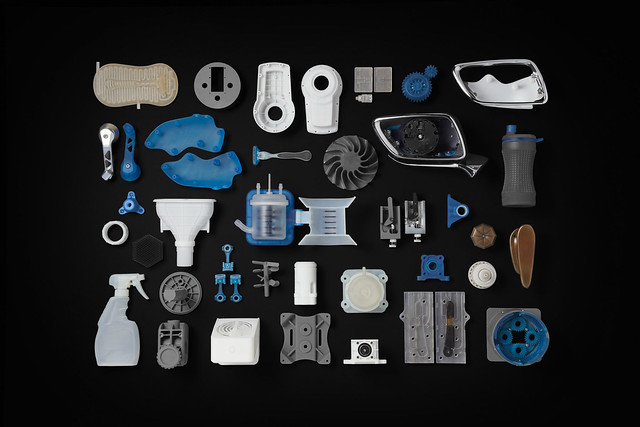
Hyperlocal. Maybe the graffiti artist only active on your block wants to turn her work into a broche? Maybe your local middle school basketball team wants a cookie with their logo on it?
Customize. Maybe your next baby shower needs a personal touch. With a mother into cheese and unicycles and a baby named Brittney, we can make an ice cube mold for that specific party with those elements as an inspiration. Very touching things made for one can be created with this technology. A personalized cookie tin with cookies with your name on them or personalized cookies with JohnLovesBritney, SamLovesBritney etc. could also be made. Your steak restaurant can easily have their logo seared into their steak with 3D Printing. There are lots of things to explore.
Fail fast fail often. None of the above ideas have to make sense. The beauty of our technology is our ability to fail quickly and relatively inexpensively. You can try many different products with 3D Printing, and many can be happy failures. Start a lab in a big city that just makes ten products a day, every day.
Get in the door products. You can also for a few bucks make products whose only purpose is to get people in the door. Do things that provoke, inspire, and amaze that no one will ever buy. No problem. I once had a frisbee made that we didn’t want to sell so we priced it so prohibitively that no one would buy. Meanwhile, we did get a lot of traffic from the announcement, and the high price.
Timely products. Raptors, win? Make a product. Raptors lose by 6 make a product referencing that. Raptors lose? Don’t end up stuck with a million championship shirts for a championship that never happens. As a side note, I learned from a friend that for NBA finals and Superbowls hundreds of thousands of t-shirts are ordered in advance with usually the same company ordering both team shirts. The winning shirt is sold while the losing shirt is sold overseas for scrap prices. On some level, this is a comfort; somewhere a person is walking around in a hat or t-shirt of the alternative universe where your team won that disastrous final. Super Bowl XXXVI St. Louis Rams World Champions.
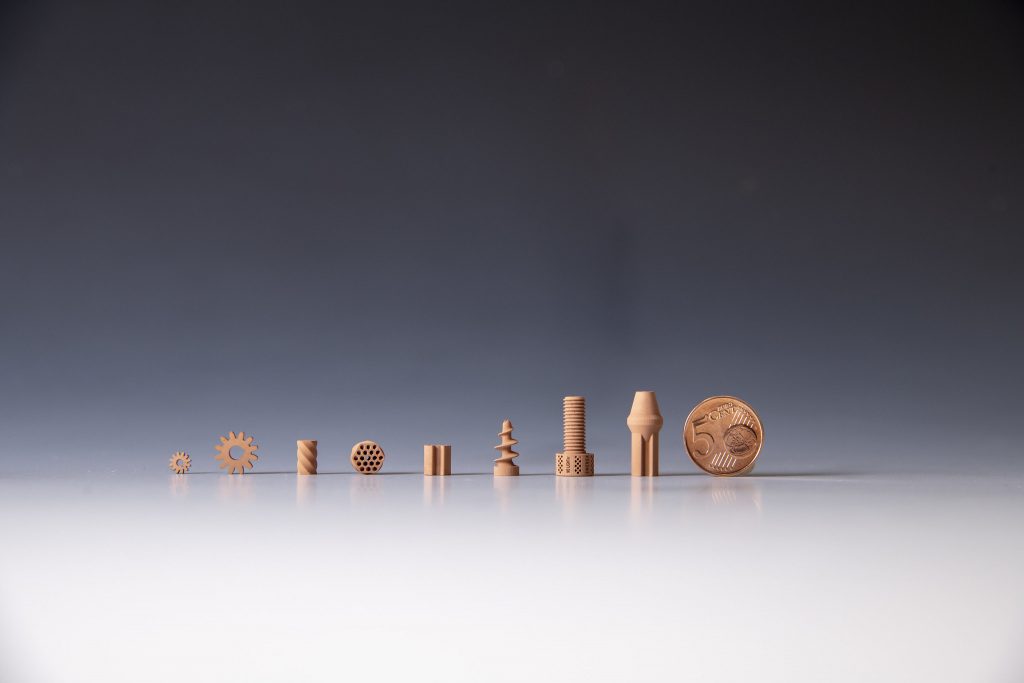
Less fashion risk. With 3D Printing, you have less fashion risk. You don’t have to anticipate two years in advance that you can sell 100,000 of something. If you don’t sell it, you don’t then have to dump it at a discount store. And you don’t have to overproduce just in case either. Changes in preference or style can be avoided by producing on demand.
More daring. You can also afford to be more daring overall by adding new things to your collection that pushes the envelope in terms of design. Bold designs can be used to create buzz, garner attention, or engage with people who are perhaps a bit too fashion forward for much of your stuff. With lower upfront costs, you can design more daring things that do not have to do well.
No stock. Companies tie up tens of millions of dollars in stock. By having no stock apart from the needed raw materials, you can deploy your cash more efficiently. Freeing up cash for investment, advertising, or R&D, can be hugely advantageous to firms, especially in declining or difficult markets. One firm breaking the status quo could tip the balance in closely fought industries. Free free cash flow can be massive for firms, but the fact that the capital is not all tied up in stock also gives management a chance to be more daring, responsive, and proactive.
Float. In on-demand markets, your customer pays you first. Yes, you do have the employee, space, printer, and material, but they pay you when they order a product. You then turn around and make it for them. Rely on outsourced production? It gets even more beautiful with you paying the outsourcing firm end of the month plus 15 while your customer paid you 26 days before. In these scenarios, you don’t have to buy something on January 1, 2017, and pay half for it so you can sell it in 2019. Or your supplier doesn’t have to finance this same similar step. For the finished product, you get your money up front and then make the person what they need. This improves the fundamentals of 3D printing businesses to the point that it can be used to outcompete those with more difficult access to money or with damaging payment terms. Few seem to really get how float and better capital utilization specifically will have huge impacts on 3D printing competitiveness.
Through agile engineering, 3D printing and on-demand production companies can outcompete through more accurate product development and more efficient deployment of cash in the business. Don’t get into 3D Printing because it is cute, cool or fun. Get in 3D Printing before someone annihilates you using it.
Images: Jan Timmons, Formlabs, ESA.


